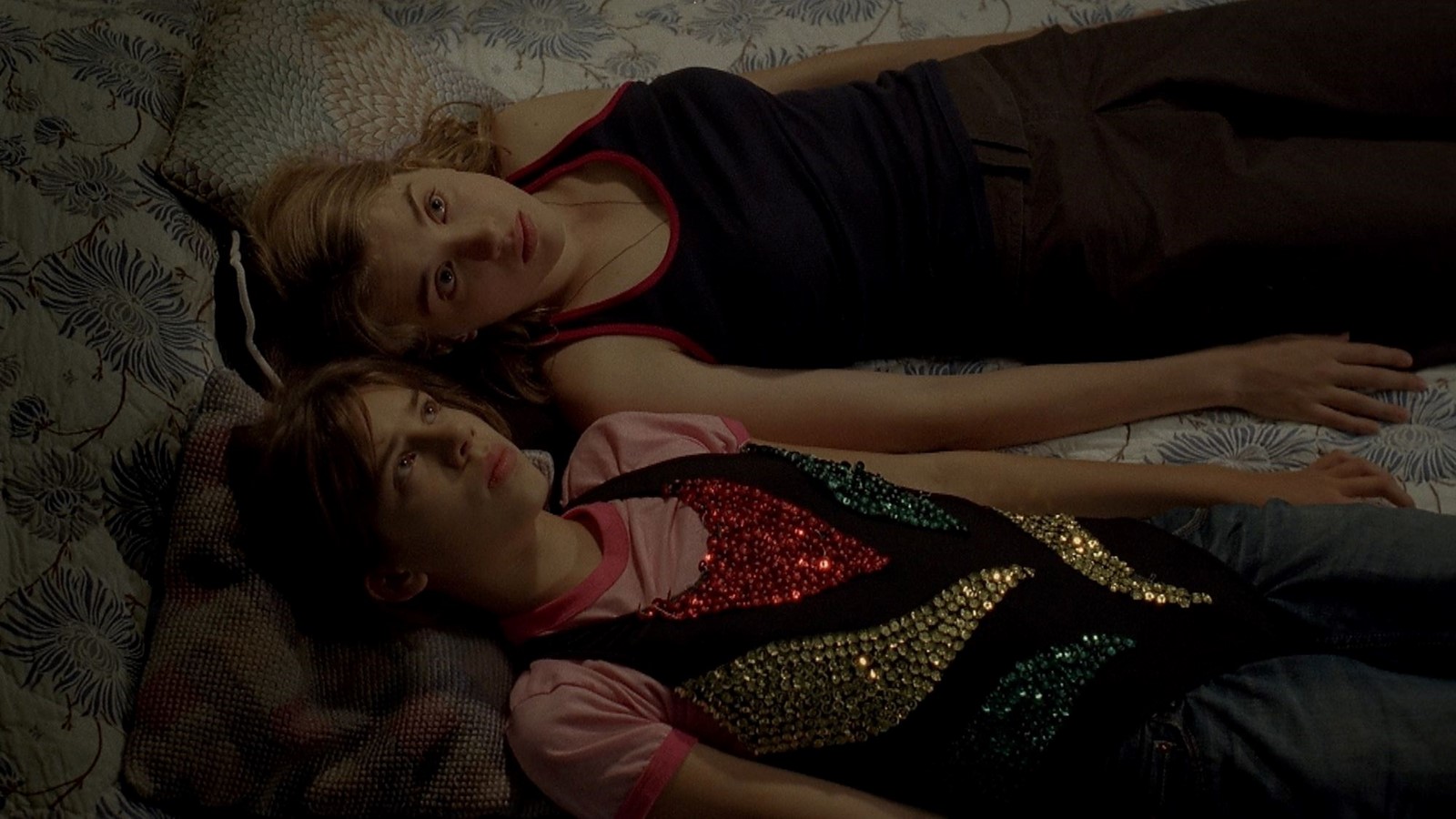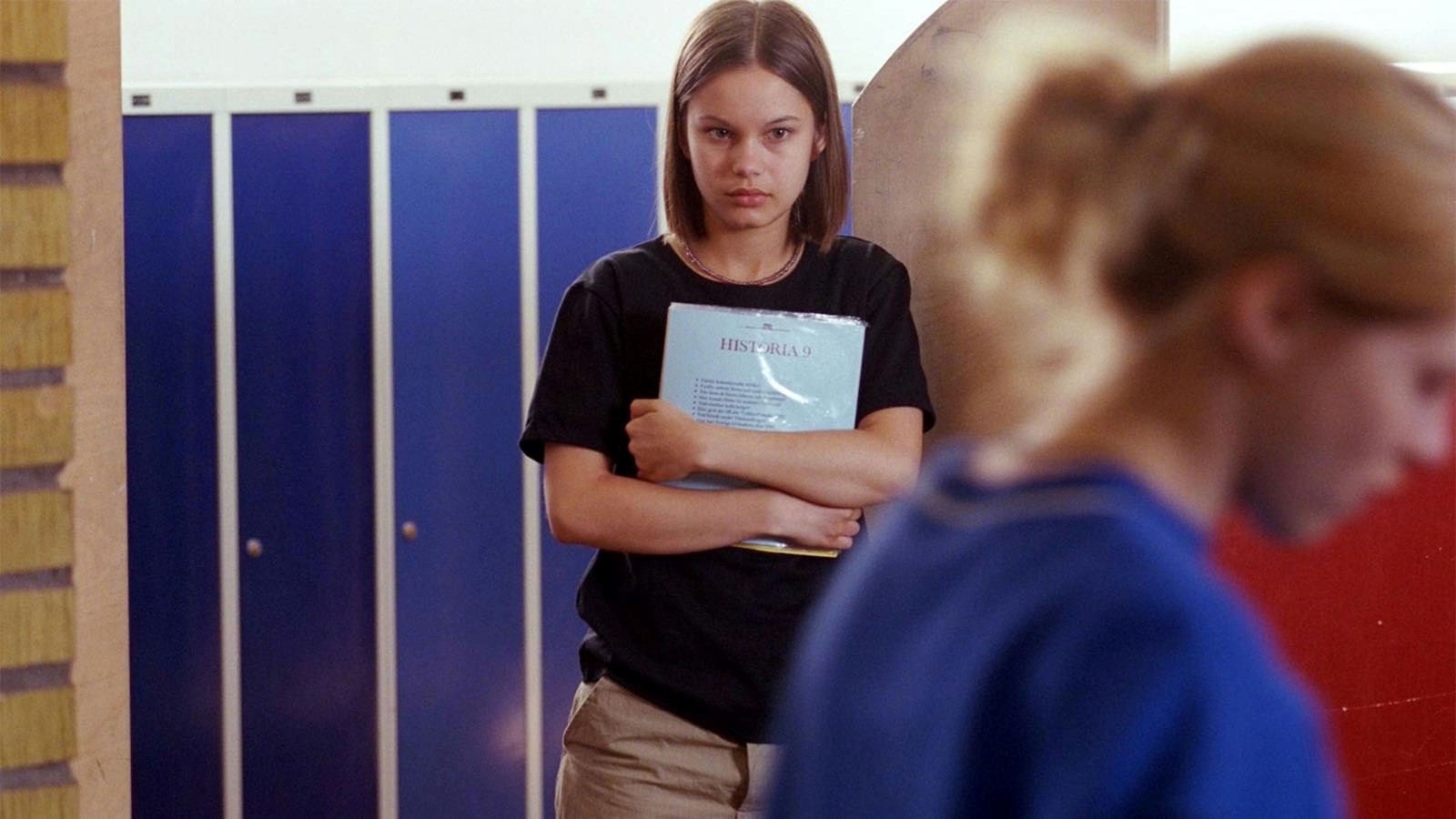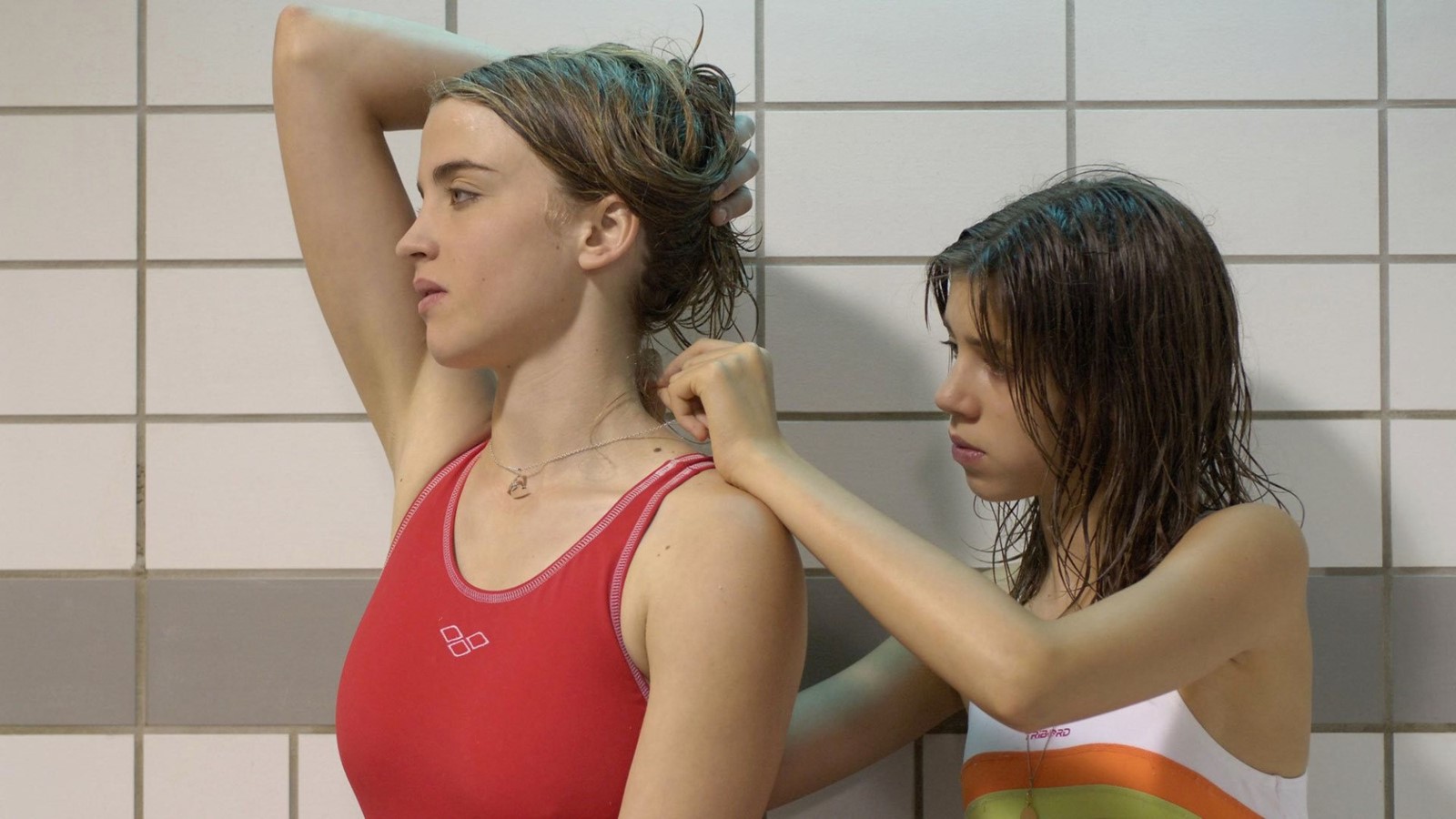There’s something about summer that always brings back the feeling of being a teenager. For the fourth season of Girlhood Studies, Claire Marie Healy examines the close relationship between girlhood and the summertime: as we experience it in our lives, and re-experience it through visual culture. This edition will publish weekly, with one for every week of the school holidays.
If we believe the movies, every girl’s adolescence features at least one earth-shaking, world-shifting first love – and it would be strange if it didn’t take place in the summertime. Annie Ernaux, who understands well how the pleasures of obsession easily surpass the realities of experience, wrote about her own devastating first romance in A Girl’s Story, an encounter which takes place during a holiday camp in a “summer as intense as they all are until one is twenty-five, when they shrink into short summers that flit by more and more quickly, their order blurred in memory until all that remains are the ones that cause a sensation.” What Ernaux articulates here is a cultural generality: that we remember the summers of our youth because whatever happens to us during them will be for the first time.

A preoccupation with young women losing their virginity is such a thread in cinema that it could provide its own Sight and Sound Top 100 list. But when thinking about the actual experience of girlhood, I’m drawn to stories that capture the intensity of feeling behind a more vital kind of first love: that of the hurricane best friendships between girls, that, sometimes, become something more.
In Céline Sciamma’s Water Lilies, the protagonist Marie already has a best friend, Anne. But, one summer while orbiting the local swimming pool, the awkward teenager becomes fascinated by the prospect of a friend more beautiful and more thrilling: Floriane (Adele Haenel), who captains a prestigious synchronised swimming team. From there, the three girls are engaged in the kind of love quadrangle where the only boy present – Floriane’s boyfriend, and unpopular Anne’s crush – is peripherally involved at best. What matters instead is how Marie’s obsession with Floriane – her new companion and instant crush – impacts her friendship with her oldest best friend. What Sciamma does so well in Water Lilies, among the usual teenage awkwardnesses and tropes of first romance (a furtive hand held, stolen nights out), is to use the world of synchronised swimming as an architecture to support her observations of the absurdities of being young and the humiliation that goes along with emergent sexuality.

Taking off the training bra underneath your T-shirt in the changing rooms; applying roll-on glitter to scraped back hair. Such details of girlhood are movingly rendered in Water Lilies, which was Sciamma’s feature debut (at one point, in a scene I always remember, Anne briefly sprays some deodorant in her mouth after applying it under her armpits). But more memorable is how her camera archly meets the peculiarities of synchronised swimming: above the water, we see full faces of make-up, complete with nose clip, and graceful gestures; underneath the surface, girls’ legs thrash about wildly trying to stay afloat. At one point, Marie dives in and we see her swim past those powerful limbs moving in unison: the scene is like a direct metaphor for how girls develop at different rates all the while craving to be the same as “everyone else.” The rapt gaze of Marie here is a portal to the filmmaker’s own memories: aged 14, Sciamma attended a girls’ synchronised swimming championship, realising some days later, “OK, I’m gay.” For Sciamma, the sport provides the perfect visual metaphor for girlhood. “They fake their smiles, they can’t show the effort they’re making, yet under the surface of the water it’s a struggle and a sacrifice,” she has said. “What you show, and what you hide, sums up what it is to be a teenage girl.”
Completing my rewatch this week, I realised something in the accumulation of such moments: that Marie is as much in love with the idea of possessing a girl’s body in perfect synchronicity, with every part doing what it should, as she is the girl herself.

When it comes to depictions of female best friendship that veer into a different kind of intensity, there may have been something in the water in the late 90s and early 2000s. The dynamic – and 00s girls’ clothing – in Water Lilies easily brings to mind My Summer of Love (Paweł Pawlikowski, 2004), in which the posh Tamsin (Emily Blunt) tornadoes into the humdrum life of Mona (Natalie Press) in the Yorkshire countryside. Pilfering red wine in a grand country house, or roaming around in idyllic waterfalls, the best moments of My Summer of Love have an air of mystery, registering as a kind of Picnic at Hanging Rock in low-slung bootcut denim. And, although it isn’t necessarily set outside the school year, I have to mention the Swedish drama Show Me Love (1998), Lukas Moodysson’s beloved first feature. In this neat, lo-fi story, a friendless girl called Agnes is in love with a girl called Elin; Elin is outgoing, restless and determined to “fall in love” (that is, if she can’t find any drugs to take). Don’t let the Dawson’s Creek-style promotional images fool you, however: Show Me Love manages to be both genuinely heartwarming and slyly frank in its portrayal of small-town romance. It’s also very, very funny. (the less-used Swedish title is Fucking Åmål, as in, ‘Why the fuck do we live in Åmål?’).
One common thread of these different projects is their sense of divisions that have to be crossed. Even with the risk of a male gaze on such stories, what makes such depictions of love and lust between girls ring somewhat true is that the fact of their queerness isn’t necessarily the primary tension. Instead, what often comes between the girls are issues of class: whether that is explicitly rendered, as in My Summer of Love, or less obvious like in Show Me Love (or even, I think, Water Lilies, where we sense the nuanced differences between middle-class signifiers in our primary trio).

Much like a lot of the “sapphic summer” content circulating right now, whether such on-screen attachments between girls veer into fully-fledged romance or not, is only one part of their potential impact. They also demonstrate how a powerful friendship between girls can shape us just as much as the first-time heterosexual romances that, after all, have been committed to celluloid a hundred times over. Watching films like Water Lilies, it’s apparent that such projects represent an important truth about girlhood: that best friendships, coming at you like a hurricane, are really the great romance of most girls’ lives.
